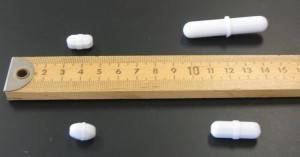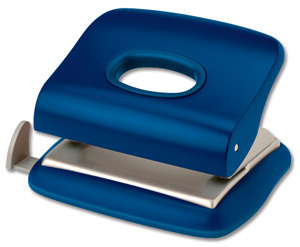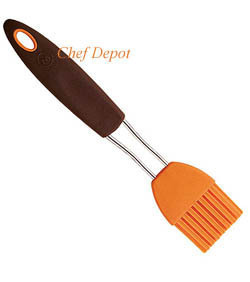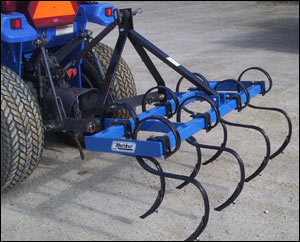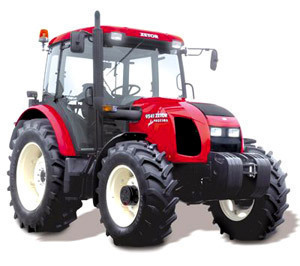Sizes of Fishing Lines
The fishing line size range from 1 through 13. The heaviest is size 13, while one is the smallest. When it comes to fly fishing, the line weight and size are very important.
How to Choose the Right Fly Lines
The first step is to assess the fly fishing line taper you will utilize. The most common are double taper and forward taper. Compared to the rest of the line, the forward taper front part has a bigger diameter.
With the double taper line, the bigger diameter is at the central portion. This is ideal for delicate work. The forward taper allows for easier casting though.
Fly Line Weight
Besides the fishing line size, the weight should be evaluated as well. This information is on the rod blank over the handle. Or it may be set on the rod handle. Try casting the rod utilizing the suggested line weight. You should also try weights a number higher and lower than the recommended line weight.
Dry Fly Fishing and Casting
The kind of fishing you do can have an effect on the line. For dry fishing at clear water, use a line weight lower than the recommended one. The casting space must also be assessed. Going up one line weight is ideal if space is limited. This allows you to load the rod even when utilizing fewer lines.
For Other Fishing Disciplines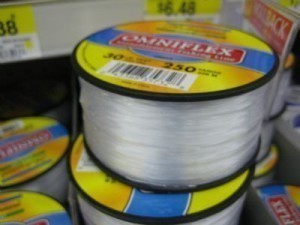
The most frequently utilized are the monofilament lines and the braided superlines. The monofilament lines have less ratio strength-to-diameter wise. They are more stretchable compared to braided superlines. The braided superlines can wear your fishing equipment down.
As a rule, the slighter diameter fishing line allows for lengthier casts compared to a bigger line. Stronger lines will be needed if you are going after large fish.
A stronger line requires a larger diameter line. The visibility is also important. Avoid thick lines because it might scare the fish off. Do not use a big diameter line is suitable for edgy fish.
If casting distance is crucial, a shooting head line taper is ideal. This is composed of a tiny section of taper of a big diameter fly line. This is linked to a running line with a small diameter.
All these various fishing line sizes and types may seem confusing. In fact, they are designed to help the angler. Unless you pick the correct one, you will never be able to catch fish as often as you would like.
